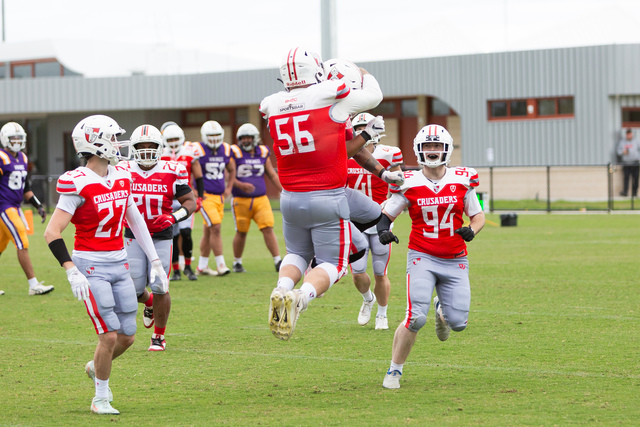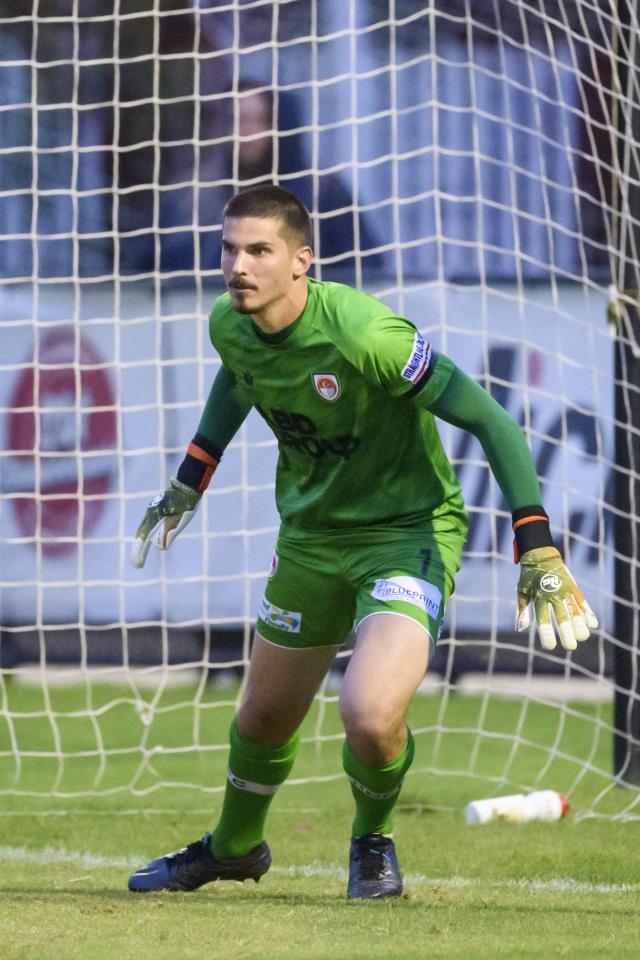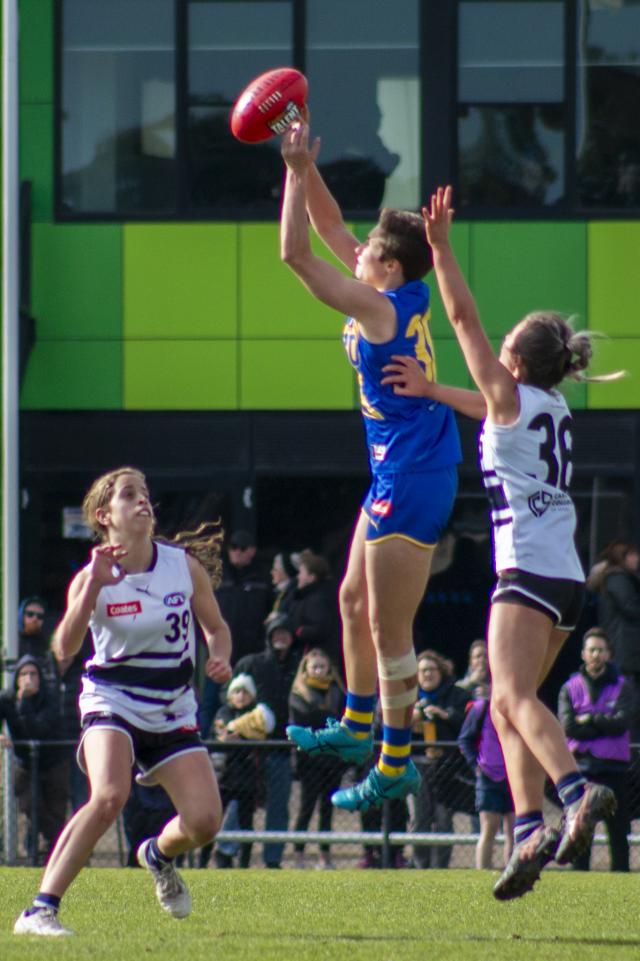By Ben Thomas
F
or me, this was the summer of riesling. Judging by my social media feeds, I wasn’t alone. But there’s no reason to let a change in season keep me from riesling.
The myriad styles the noble grape produces make it suitable drinking all year round. Australia excels in dry, refreshing riesling and, as the days get shorter and the nights cooler, I’ll look towards the diversity in the wines from Germany for my riesling fix.
From the Mosel in the north to the Pfalz down south, the style of riesling changes from sweet to off-dry and dry. Balance is the key to German riesling as winemakers strive for harmony between intense acid, flavour and sugar. In order, from sweet to dry, the major styles are auslese, spätlese, kabinett and trocken.
The style is usually on the label, but knowing what each area specialises in makes choosing easy.
No winemaker is better placed to talk about German riesling styles than Steffen Christmann, president of the Verband Deutscher Prädikatsweingüter – a century-old association of Germany’s top wine producers.
“Let us start in the north and go south, which means going from cool temperatures to warm temperatures,” says Christmann, a winemaker in Pfalz. “There are big differences in climate and in soils, and that makes rieslings in Germany quite different.”
Sweet Mosel
The Mosel, in Germany’s south-west, is Germany’s second-biggest producer of riesling.
“Mosel riesling is dominated by schist soils [rock-based soil rich in magnesium and potassium but is poor in organic nutrients and nitrogen] and the combination of the cooler temperatures and schist makes wines more steely, more lean,” Christmann says. “Riesling at the Mosel River is mostly balanced, with higher sugar levels. Traditionally it was sweet: fantastic kabinetts, light and elegant, more complex spätlese and very dense auslese.”
Sweet and dry Nahe
“Then we come to the next area on the journey, also a river that goes into the River Rhine. It’s the Nahe,” Christmann says. “It’s also a quite cool area, with very different soil types and it’s successful with dry-style rieslings on one hand, but also with sweet ones.
“The dry-style riesling of Nahe is very vibrant, it’s lean, it’s a mineral wine, and not too full-bodied.”
Racy Rheingau
Further down the Rhine valley is the Rheingau. “Rheingau is similar in character to the wines of the nearby Nahe,” Christmann says. “Maybe it’s a bit better: it’s a bit warmer, so they do a more dry style, but these dry-style wines from Rheingau have to be also a bit higher in sugar. Something around 7-9 grams, for example, because Rheingau acidity is also very steely, very sharp.”
Warmer Rheinhessen and the Pfalz
“The next area on the River Rhine is Rheinhessen, where it’s becoming warmer,” Christmann says.
“There is a real difference between the north and south in the region. In the north, it’s close to Rheinhessen and to the Rheingau River, and in the south it’s coming over to the next area, Pfalz.
“Rheinhessen is one of the most successful areas for dry riesling in Germany.”
Pfalz is the largest single producer of riesling in the world, with 6000 hectares planted with riesling vines.
“It is maybe the magic point for dry style, because it’s cool enough to have the crispy acidity and the nice minerality, but it’s warm enough to have a good structure and a full body,” Christmann says. “You could do perfect dry rieslings with very low sugar levels, 2-5 grams, it’s perfectly round, you don’t need more.”






